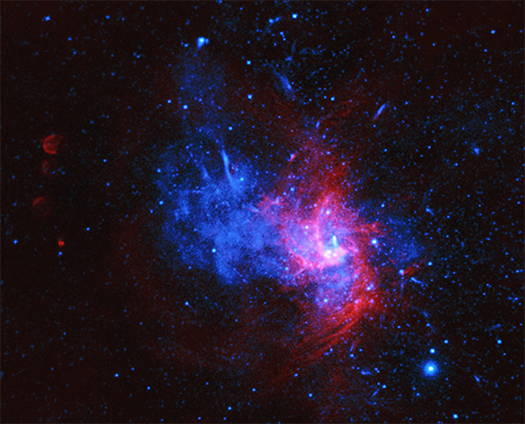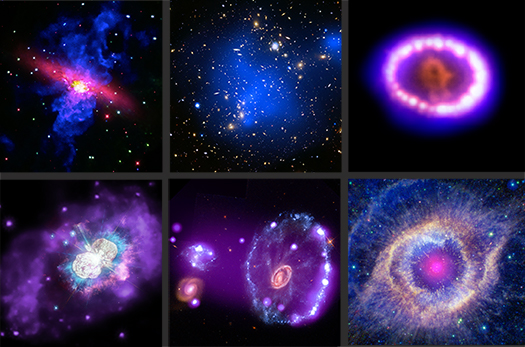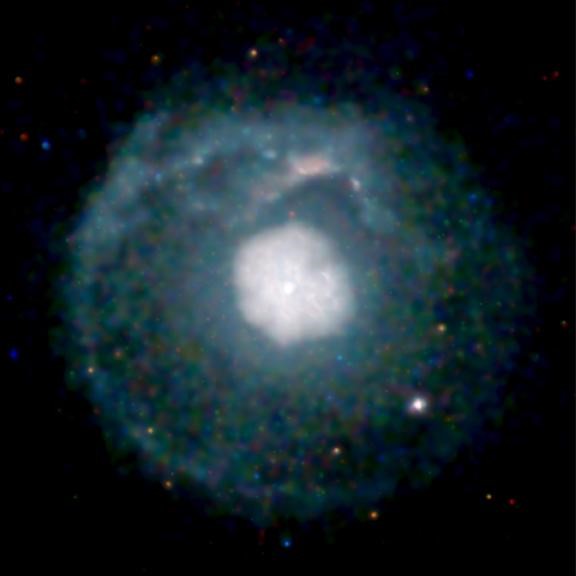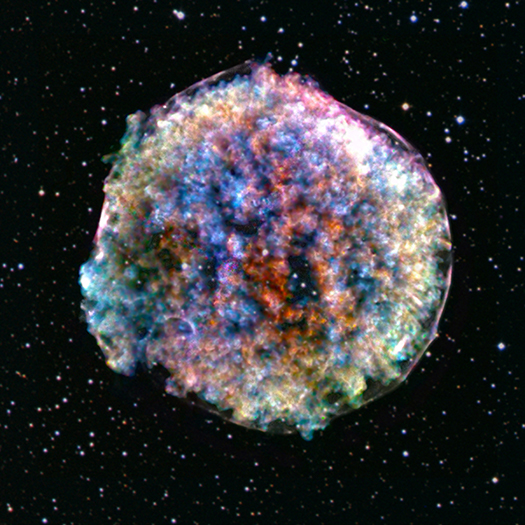Astronomers have used NASA's Chandra X-ray Observatory to record material blasting away from the site of an exploded star at speeds faster than 20 million miles per hour. This is about 25,000 times faster than the speed of sound on Earth.
Kepler's supernova remnant is the debris from a detonated star that is located about 20,000 light years away from Earth in our Milky Way galaxy. In 1604 early astronomers, including Johannes Kepler who became the object's namesake, saw the supernova explosion that destroyed the star.
We now know that Kepler's supernova remnant is the aftermath of a so-called Type Ia supernova, where a small dense star, known as a white dwarf, reaches a critical mass limit after interacting with a companion star and undergoes a thermonuclear explosion that shatters the white dwarf and launches its remains outward.
The latest study tracked the speed of 15 small "knots" of debris in Kepler's supernova remnant, all glowing in X-rays, all glowing in X-rays. The fastest knot was measured to have a speed of 23 million miles per hour, the highest speed ever detected of supernova remnant debris in X-rays. The average speed of the knots is about 10 million miles per hour, and the blast wave is expanding at about 15 million miles per hour. These results independently confirm the 2017 discovery of knots travelling at speeds more than 20 million miles per hour in Kepler's supernova remnant.
Researchers in the latest study estimated the speeds of the knots by analyzing Chandra X-ray spectra, which give the intensity of X-rays at different wavelengths, obtained in 2016. By comparing the wavelengths of features in the X-ray spectrum with laboratory values and using the Doppler effect, they measured the speed of each knot along the line of sight from Chandra to the remnant. They also used Chandra images obtained in 2000, 2004, 2006 and 2014 to detect changes in position of the knots and measure their speed perpendicular to our line of sight. These two measurements combined to give an estimate of each knot's true speed in three-dimensional space. A graphic gives a visual explanation for how motions of knots in the images and the X-ray spectra were combined to estimate the total speeds.





